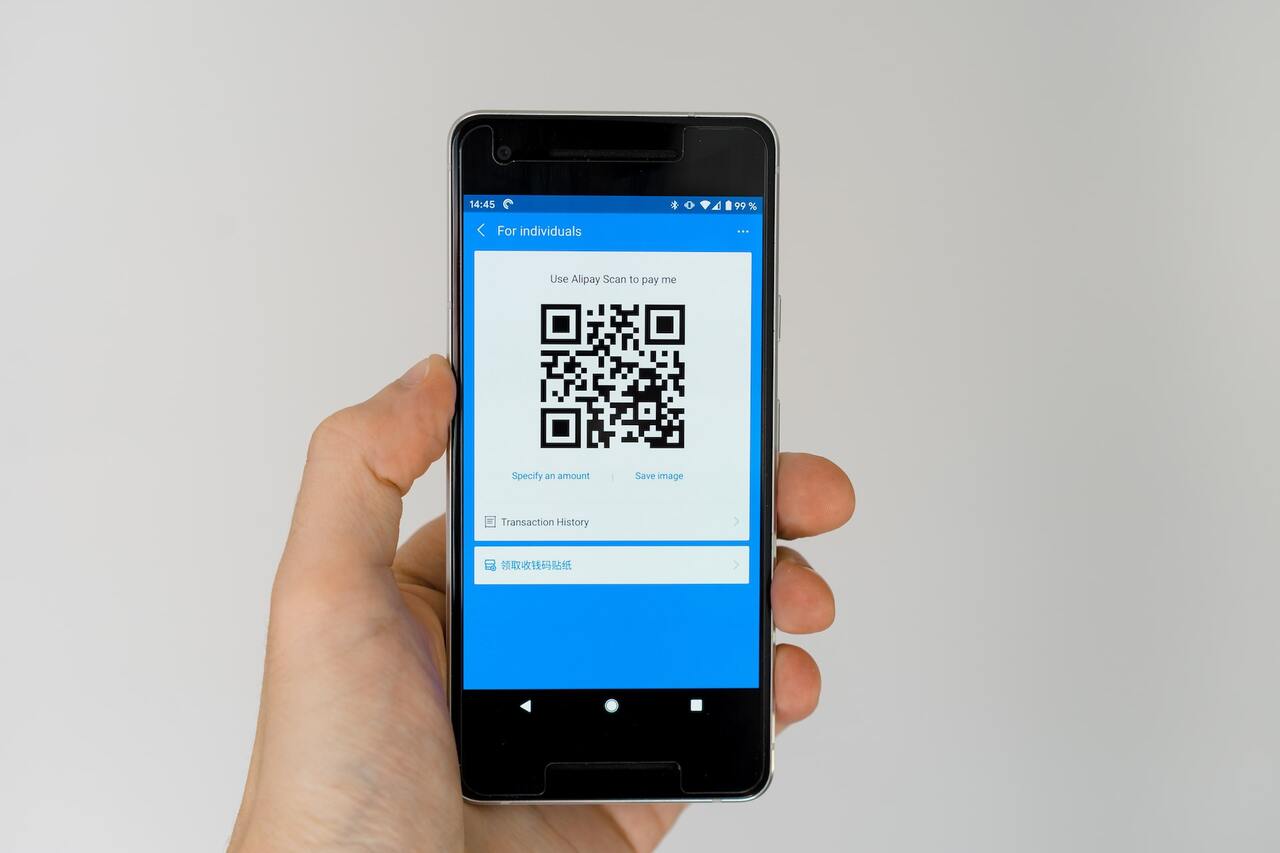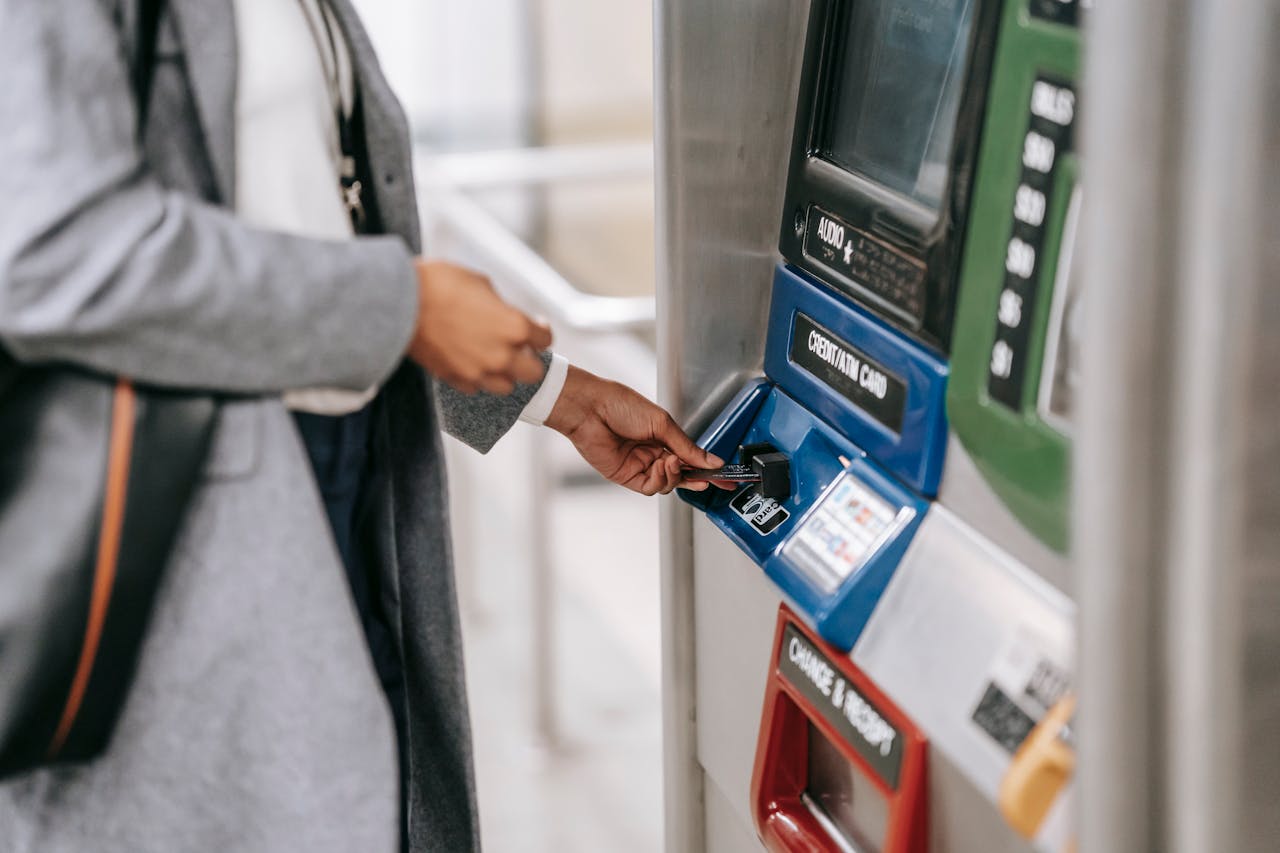

In recent years, the Philippines' digital payments ecosystem has seen substantial expansion and evolution. The nation's central bank, the Bangko Sentral ng Pilipinas (BSP), created the National Retail Payment System (NRPS) in 2015 to promote the growth and acceptance of electronic payments from across the archipelago.
This policy has aided in increasing the range and accessibility of digital payments in the Philippines, presenting numerous possibilities. This expansion is a welcome development in a society that has typically been sluggish to modernize traditional payment methods like local currency.

Fintech companies GCash and Maya (formerly known as PayMaya) are leading the utilization of e-wallets in the Philippines, alongside blockchain-based cryptocurrency exchange and wallet Coins.ph. These popular digital payment platforms are what consumers use to pay for products and services online. The accessibility of transferring money and making real-time payments at retail stores has also increased.
The widespread use of mobile phones is one of the primary factors fueling the expansion of the digital payments market in the Philippines. According to a recent national survey on smartphone usage, about 90% of Filipinos own a smartphone with mobile internet, and many of them use these devices for making digital payments.
In addition to the expansion of mobile payments, the government has made initiatives to encourage the use of digital payments in the Philippines. The BSP launched several programs to promote the use of digital payment systems, including the formation of a clearing house for digital transactions and the development of a national QR code standard. These policies have contributed to a more favorable climate for the expansion of digital payments in the country.
The national QR standard is a simple way to implement and scale solution for quickly onboarding a rapidly increasing economy, eliminating the need for costly and time-consuming infrastructure modifications.
According to a YCP Solidiance insight article “Accelerating Digital Payments in the Philippines for 2022”, the BSP reported that only 28.6% of Filipino adults have access to a formal bank account, implying that the vast majority of the Philippine population is unbanked. While that figure may have increased due to an increase in digital payments during the epidemic, the need to meet the needs of unbanked Filipinos remains urgent.
Aside from that, digital payments can make local and cross-border payments simpler and more affordable, with the option of using stablecoins to make cross-border remittances more efficient.
Majority of Filipinos still rely on cash compared to the available digital payment options. With the help of the government and the widespread use of these digital payment methods in retail stores and personal transactions, the market is expected to grow and improve this year, as awareness and adoption continue to rise.

Leading the Charge: Major Players in SEA’s Digital Lending Market
The fintech lending market in SEA is poised for substantial growth, including digital lending which is set to surpass digital payments as the primary revenue driver for the region's digital financial services sector by 2025, with a compound annual growth rate (CAGR) of 33%. This growth is fueled by the widespread adoption of automated loan origination processes and the seamless integration of financial services into digital platforms.

Unlocking Opportunities in the SEA Digital Financial Services Landscape
In recent years, Southeast Asia (SEA) has emerged as a hotbed for fintech innovation, transforming the financial landscape across its diverse markets. This transformation is characterized by a surge in digital financial services (DFS), revolutionizing how individuals and businesses manage their finances. However, the journey is not without its challenges, and understanding these is crucial for stakeholders aiming to navigate this rapidly evolving sector.

How SEA Startups are Navigating Funding Challenges
The startup ecosystem in Southeast Asia (SEA) has long been a vibrant hub for innovation and growth. However, recent global economic shifts and the aftermath of the COVID-19 pandemic have ushered in a new era of funding challenges.

Challenges for Sustainable Recovery in Southeast Asia
Sustainable recovery in Southeast Asia faces numerous challenges, yet also presents significant opportunities for green growth. Addressing sustainable issues is crucial for achieving a resilient and sustainable future.